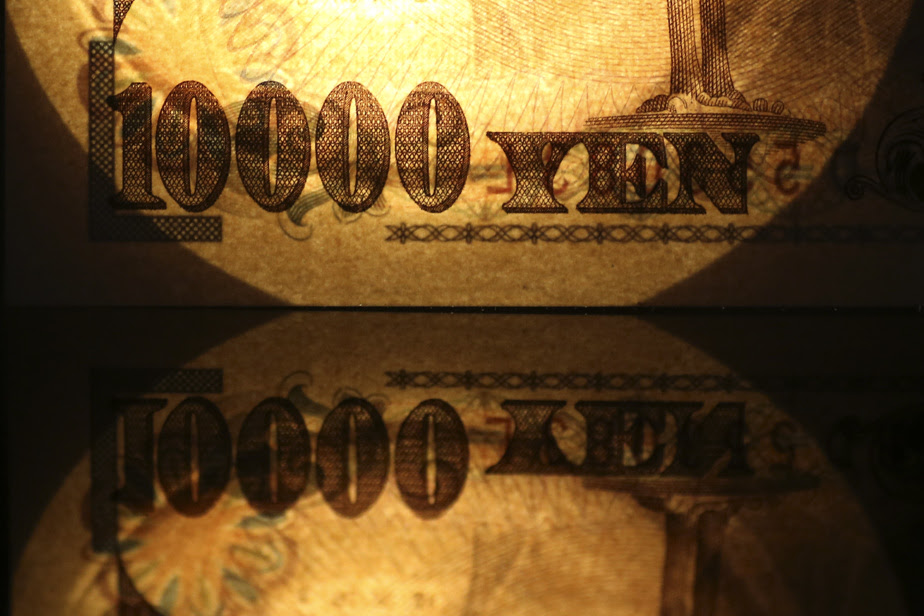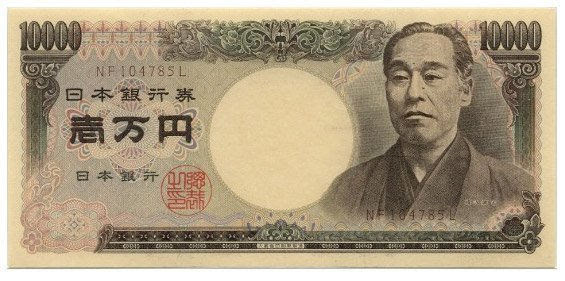This makes twenty years that Japan intervenes in the foreign exchange market to support the yen. Tokyo had also intervened in 2011 but, this time, with the opposite aim: to lower its currency against the dollar, an action that had been concerted with the other G7 countries.
The Nikei reacted as the dollar hit new 24-year highs against the Japanese currency earlier Thursday after the U.S. Federal Reserve (Fed) raised rates again, followed by the Bank of Japan (BoJ) maintaining its ultra-accommodative monetary policy.
The U.S. currency, which has appreciated more than 20% against the Japanese currency since the beginning of the year, had crossed the 145 yen mark on Thursday and was approaching 146 yen when it fell sharply from 08:00 GMT after the Japanese intervention. The greenback was trading for 142.58 yen at around 10:40 GMT, after briefly dropping to 140.70 yen.
“Although exchange rates are in principle determined by the market, excessive fluctuations caused by speculation cannot be tolerated,” Finance Minister Shunichi Suzuki told reporters on Thursday evening, September 22.
“This is why we intervened in the foreign exchange market today (Thursday, September 22). We will continue to monitor developments in the market … and we will act when necessary against excessive fluctuations,” Suzuki warned. He did not specify the extent of the intervention and refused to confirm whether it had been coordinated with Washington or other capitals, stating only that he was in “constant contact with the relevant monetary authorities.

The Japanese action was “largely anticipated” by foreign exchange market participants, said Alvin Tan, head of currency strategy at RBC Capital Markets in Asia, on Thursday 22 September. Last Wednesday, when the dollar was already close to 145 yen, the Bank of Japan had conducted a “rate check”, a survey of foreign exchange market participants and considered a precursor to intervention in the market.
According to Mr. Tan, Japan is only getting a “brief respite” from such interventions, as the “yawning” policy divergence between the Fed and the BoJ and its corollary, the yield differential between U.S. Treasuries and Japanese government bonds, “is a powerful and fundamental force pushing the dollar against the yen. “We continue to see the dollar climbing to 150 yen by early 2023,” the analyst added.
Masato Kanda, Japan’s deputy finance minister in charge of international affairs, assured on Thursday, September 22, that the government has not set a particular exchange rate threshold to defend. Rather, his goal is to avoid too much volatility in the exchange rate, which makes it difficult for companies to make forecasts.
The BoJ announced earlier Thursday that it would maintain its policy of massive support for the economy, characterized by its negative rate of 0.1% on bank deposits with it (to encourage them to lend more) and its unlimited purchases of Japanese government bonds to cap their ten-year yields at 0.25%.
The Japanese monetary institution believes it has no choice but to continue this ultra-accommodating policy, although it is completely out of step with the other major global central banks, led by the Fed. For the BoJ, the conditions are not yet ripe for monetary tightening in Japan, notably due to the lack of sufficient wage increases to create a virtuous circle of growth.
The post-pandemic economic recovery has remained sluggish in the Japanese archipelago so far, and if inflation is also accelerating, it remains at levels well below those observed in the United States and Europe (2.8% in August over one year excluding fresh products) and should moderate next year, according to the BoJ. Most economists do not expect the BoJ to change course anytime soon, no matter what the cost.



Comment here